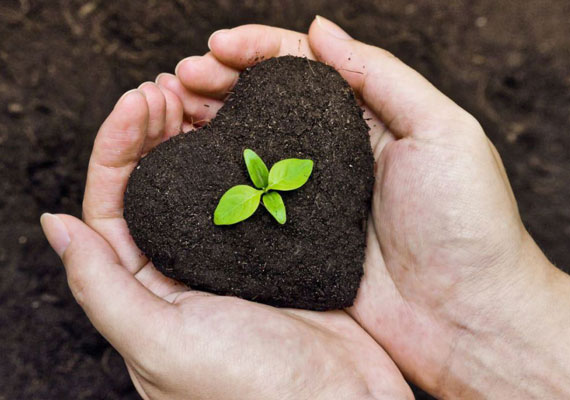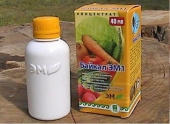
 4
4





Permaculture tools (ploskorez, flat-cutter, Fokin hoe), recommended by Sepp Holzer: https://ecominded.net/garden-tools
 2
2




Mediterranean climate, hugel trenches, fabulous clay soil high in nutrients, self-watering containers with hugel layers, keyhole composting with low hugel raised beds, thick Back to Eden Wood chips mulch (distinguished from Bark chips), using as many native plants as possible....all drought tolerant.




Cristo Balete wrote:A friend of mine makes EM, and he's gotten amazing results. He uses it in spray form, has increased tree crop production, started new plants that shot out ahead of others.
What he makes doesn't have anything to with "technology." It's as organic as it gets. But maybe that's just a buzz word these days.
I keep meaning to try it, because of his successes.
 1
1




Mediterranean climate, hugel trenches, fabulous clay soil high in nutrients, self-watering containers with hugel layers, keyhole composting with low hugel raised beds, thick Back to Eden Wood chips mulch (distinguished from Bark chips), using as many native plants as possible....all drought tolerant.
 1
1




 2
2




Flora Eerschay wrote:I used EM last year but it wasn't impressive. Definitely don't spray house plants with it. The sweet molasses attracts fruit flies. And their usual mess gets worse.
Use it outdoors if you want, but it won't be much different than compost tea or these kind of things. Of course the sweet smell will attract fruit loving insects too, but predators will come after them outdoors.
Permaculture tools (ploskorez, flat-cutter, Fokin hoe), recommended by Sepp Holzer: https://ecominded.net/garden-tools




Cristo Balete wrote:Making EM is like this article below. It's fermented, so there needs to be a way to let the gases out of the container or it will explode. "burp" it daily.
EM mother culture, (there's info in the article below), blackstrap molasses (without sulfur, important), nonchlorinated water (leave sitting out in an open bucket for a couple days)....
https://www.smilinggardener.com/soil-food-web/how-to-make-effective-microorganisms/

 2
2




"Never doubt that a small group of thoughtful, committed citizens can change the world; indeed, it's the only thing that ever has."-Margaret Mead "The only thing worse than being blind, is having sight but no vision."-Helen Keller
I've also added this thread to the Asian Natural Farming forum
 1
1




Permaculture tools (ploskorez, flat-cutter, Fokin hoe), recommended by Sepp Holzer: https://ecominded.net/garden-tools
 1
1




 A number of frosts though.
A number of frosts though.
'What we do now echoes in eternity.' Marcus Aurelius
How Permies Works Dr. Redhawk's Epic Soil Series




Joylynn Hardesty wrote:I've been wondering, at what temperature does the EM go dormant in the winter? We've had a very mild winter, even for here. Only one truly hard freeze, lasting a whole 2 days.
A number of frosts though.
Also, at what temperature is it okay to start applying it in the, um, not exactly spring? I'm thinking my kale and turnips could use some help.
Our last average frost is usually around April 15. If that helps someone find an answer.
Permaculture tools (ploskorez, flat-cutter, Fokin hoe), recommended by Sepp Holzer: https://ecominded.net/garden-tools












'What we do now echoes in eternity.' Marcus Aurelius
How Permies Works Dr. Redhawk's Epic Soil Series
 2
2








Mary-Ellen Zands wrote:Wow I’m so glad Yuri has brought this subject back. I heard about EM years ago from an old biodynamic Austrian farmer. He was brewing his EM in an old freezer in the barn. I was dying to have some to try in on my farm. I saw how everything flourished in the garden and the orchard. Unfortunately my friend has since died. I have been looking for how to get ahold of EM since.
Does yours also have to be ‘brewed’? Anything that helps our garden and us in the long run is appreciated. I just remembered that when I watched my old friend spray his trees he also sprayed in his mouth to show how good this stuff was! He was the picture of health till 2 days before he died, years later. No link of course. I was involved in their home care.
Permaculture tools (ploskorez, flat-cutter, Fokin hoe), recommended by Sepp Holzer: https://ecominded.net/garden-tools
 2
2










Permaculture tools (ploskorez, flat-cutter, Fokin hoe), recommended by Sepp Holzer: https://ecominded.net/garden-tools
 2
2




 1
1




Mary-Ellen Zands wrote:Thank you Yury for getting back to me. How long is EM good for in the bottle? I will be buying your product but my friend’s daughter found a bottle of EM that is several years old. Do you think there would still be any life left in the product for her to use on her fields?
Permaculture tools (ploskorez, flat-cutter, Fokin hoe), recommended by Sepp Holzer: https://ecominded.net/garden-tools

|
A teeny tiny vulgar attempt to get you to buy our stuff
The new purple deck of permaculture playing cards
https://www.kickstarter.com/projects/paulwheaton/garden-cards
|






